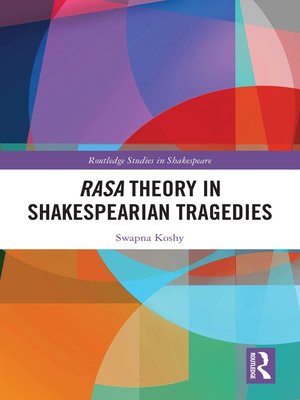
Sign up to save your library
With an OverDrive account, you can save your favorite libraries for at-a-glance information about availability. Find out more about OverDrive accounts.
Find this title in Libby, the library reading app by OverDrive.



Search for a digital library with this title
Title found at these libraries:
| Library Name | Distance |
|---|---|
| Loading... |
This book adds a unique eastern perspective to the ever growing corpus of Shakespeare criticism. The ancient Sanskrit theory of Rasa – the aesthete's emotional response to performing arts – is explicated in detail and applied to Shakespeare's tragic masterpieces. Bharata, who wrote about Rasa in the Natyasastra, developed detailed guidelines for the communication of emotion from author to actor and then to the audience culminating in a sublime aesthetic experience. Though chronologically Bharata is as ancient as Aristotle, thematically, his ideas are as relevant today as Aristotle's is and often echo those of the Greek master. This cross–cultural study on the communication of emotions in art establishes that emotions are universal and their communication follows similar patterns in all climes. The Rasa theory is today applied to modern media like film and has found a place among audience centric communication theories. This volume extends the East-West dialogue in aesthetic theory by identifying parallels and points of deviation and delights both aesthete and critic alike.







